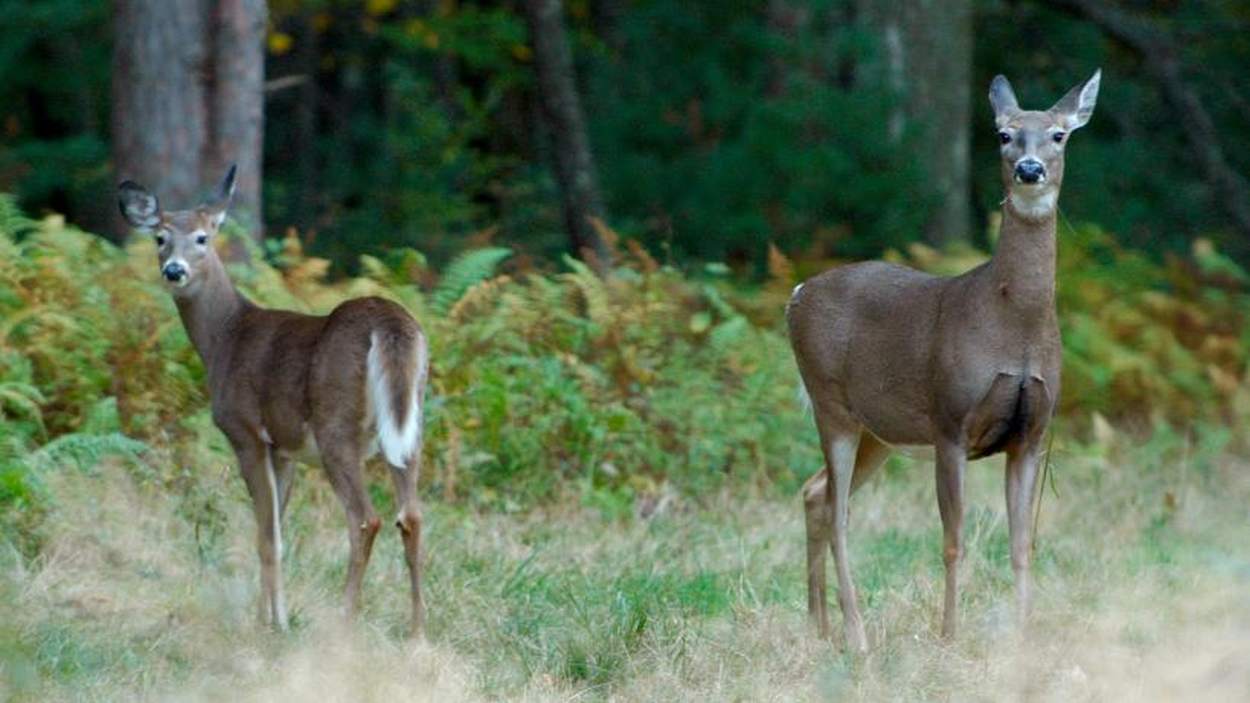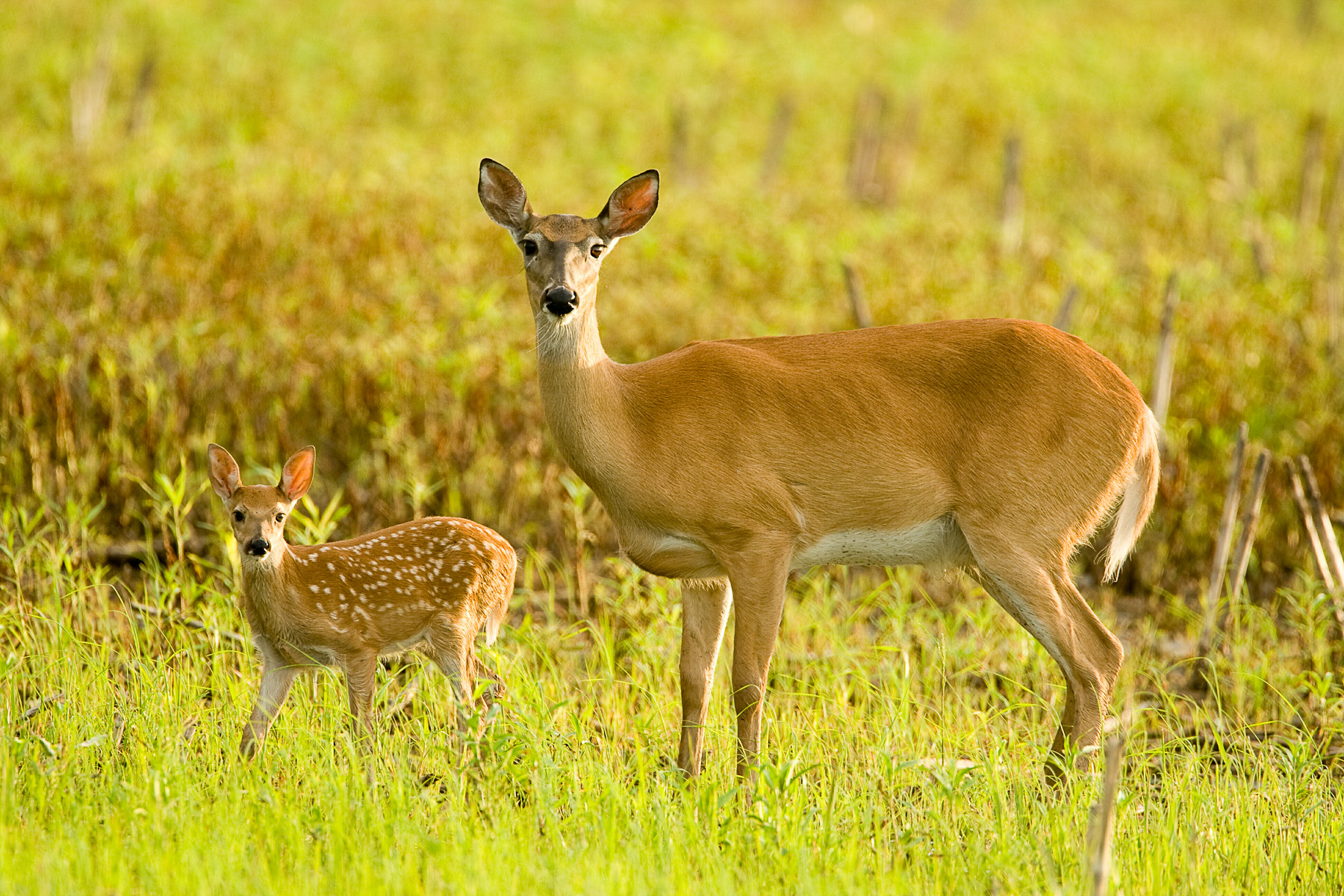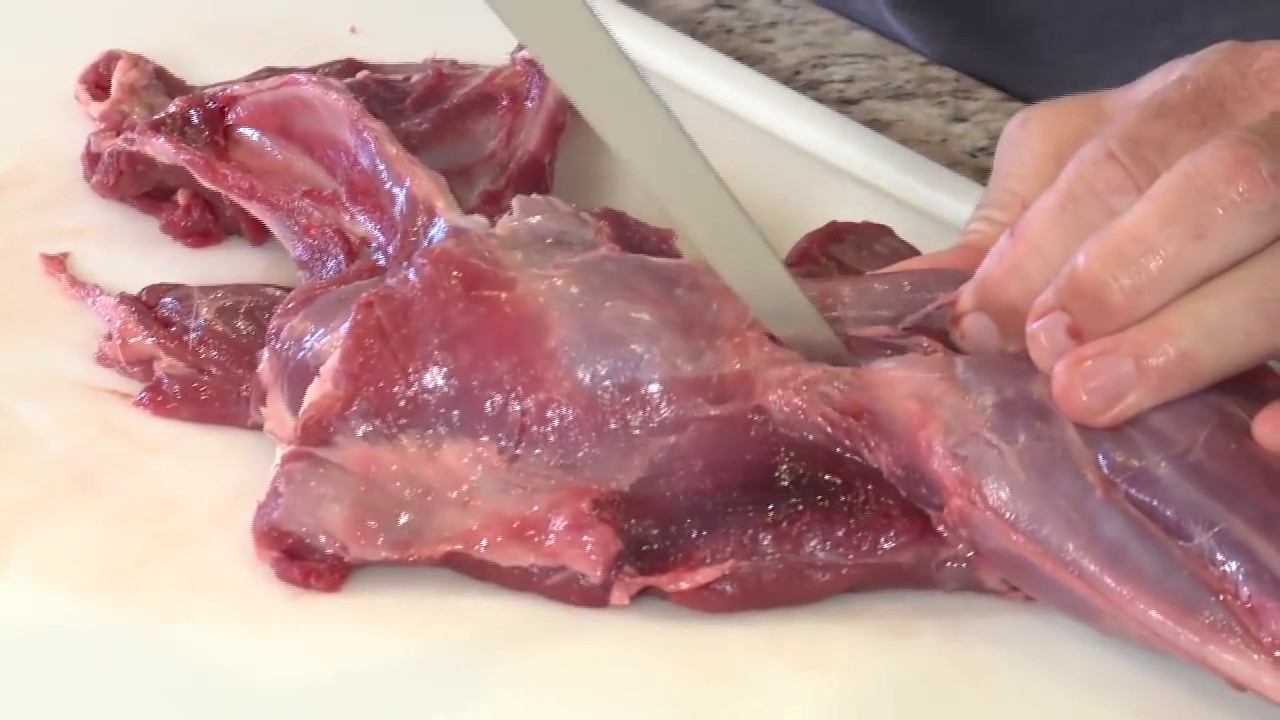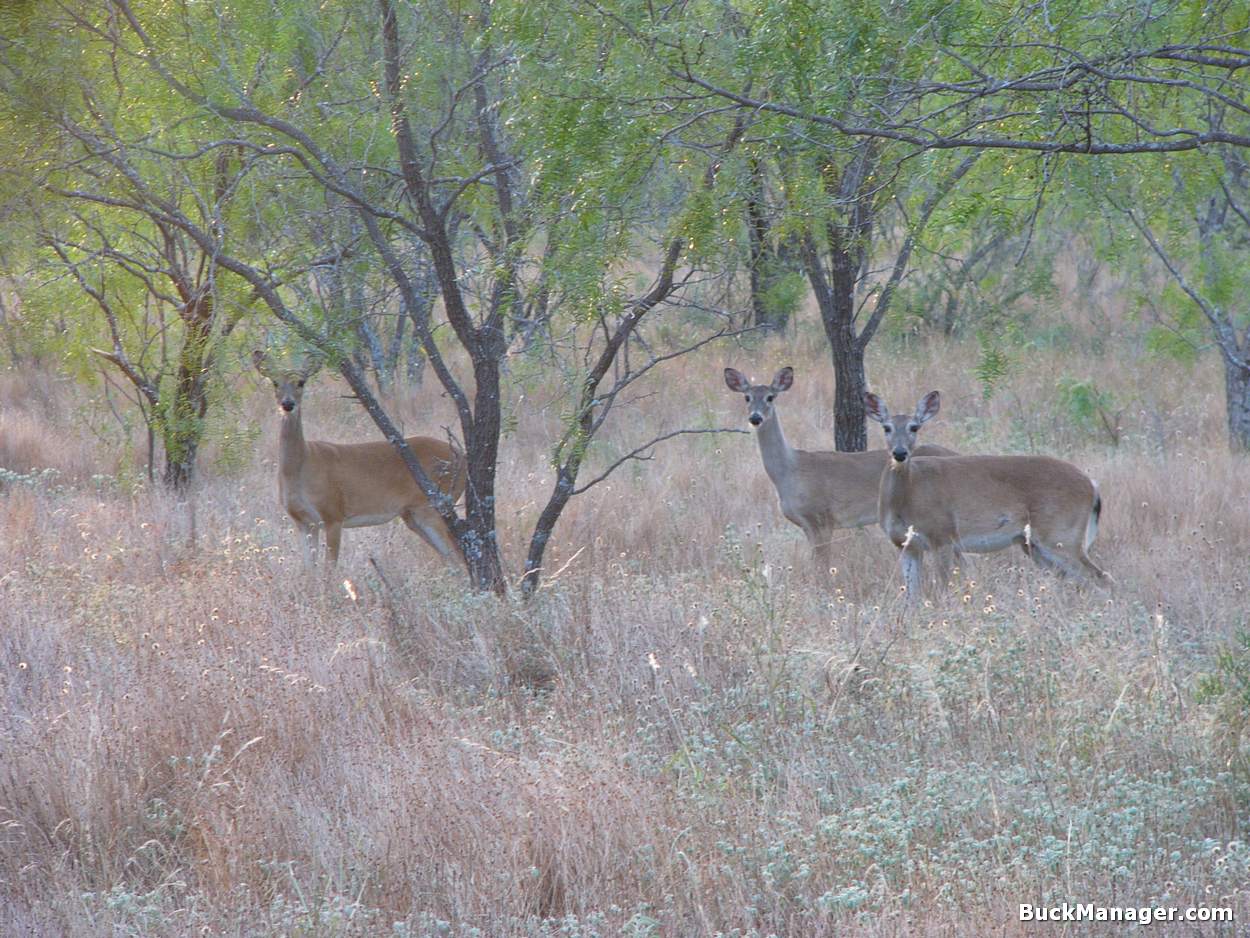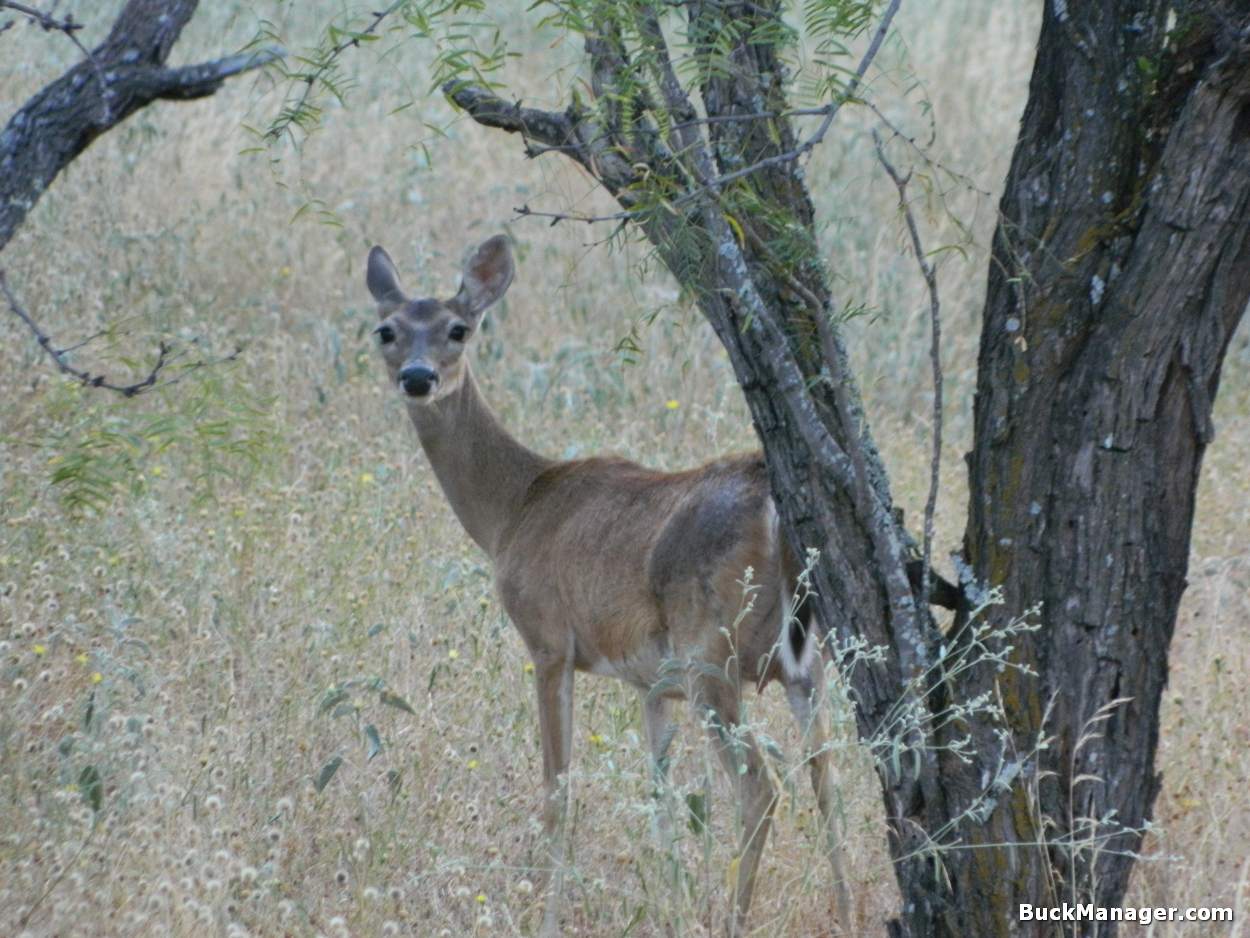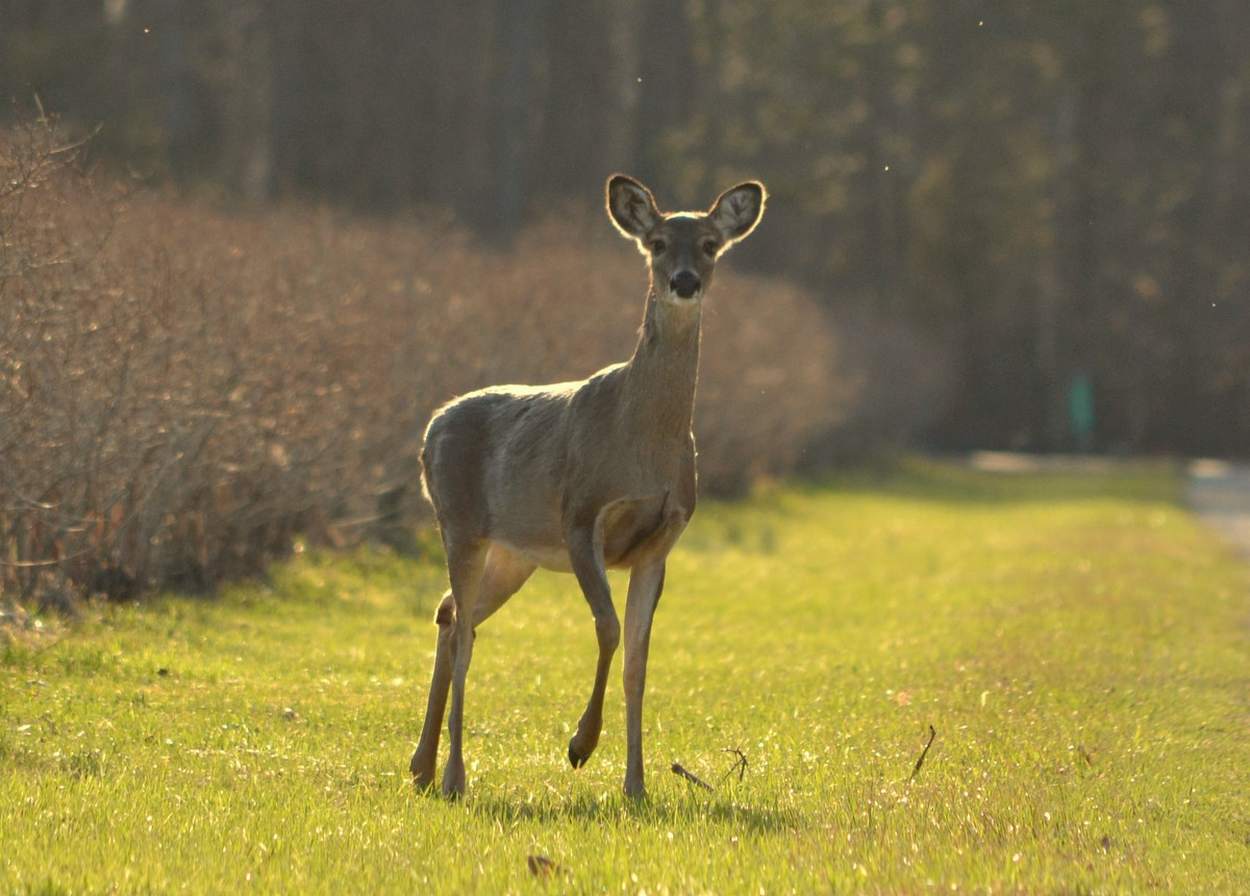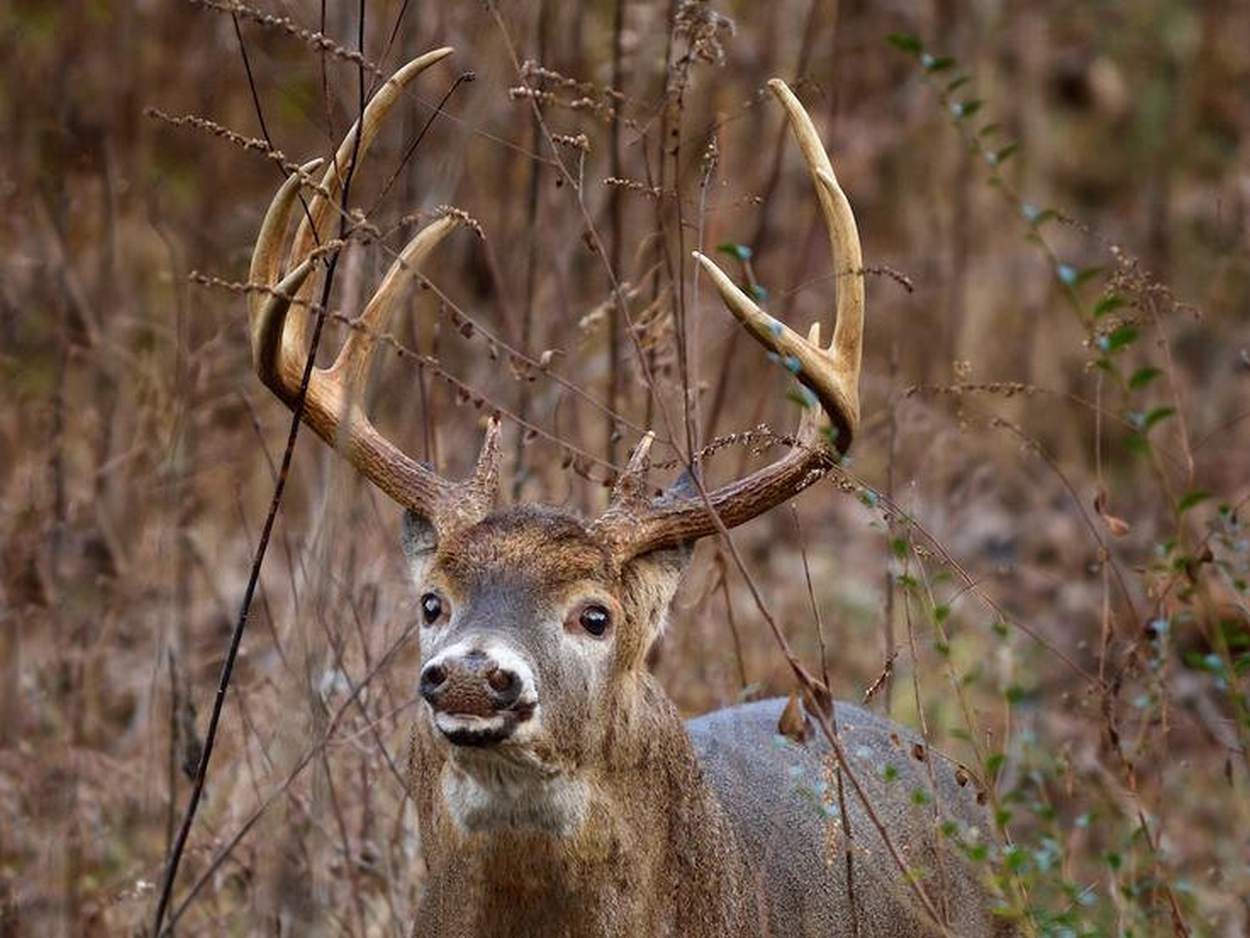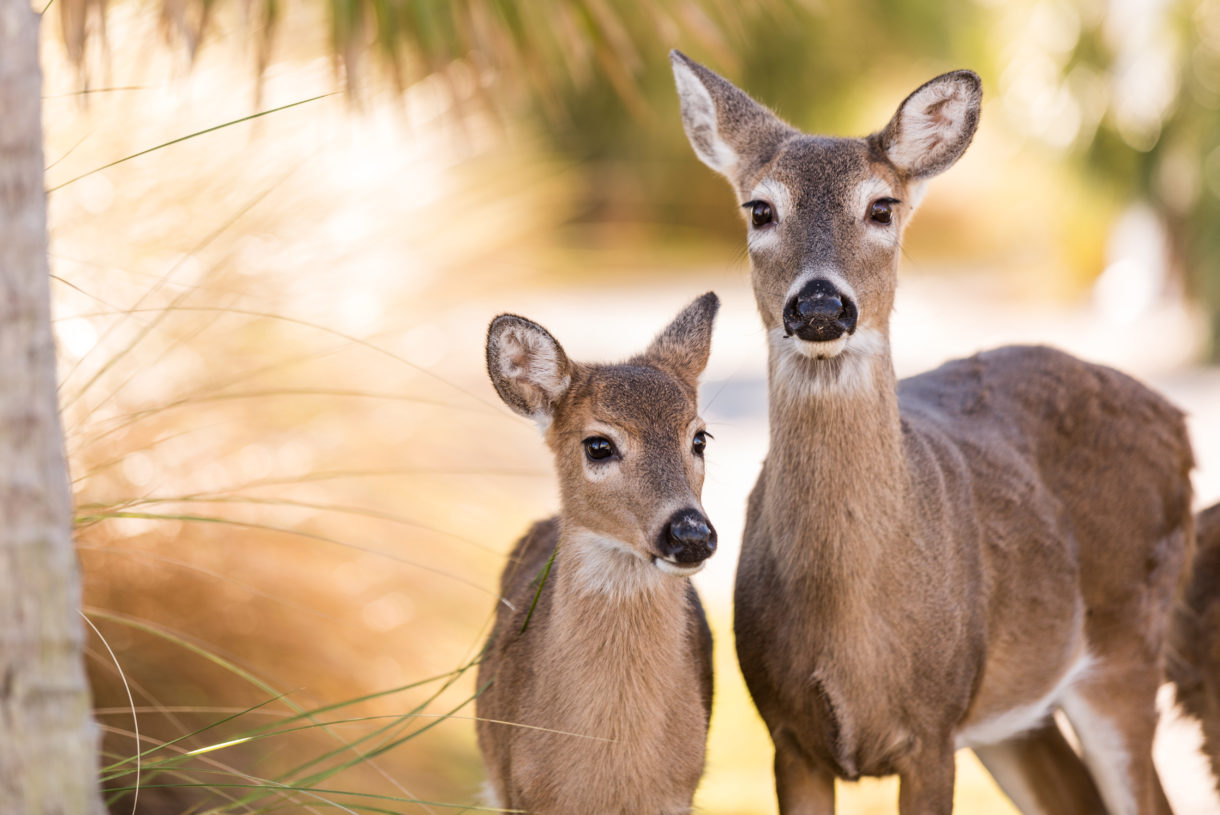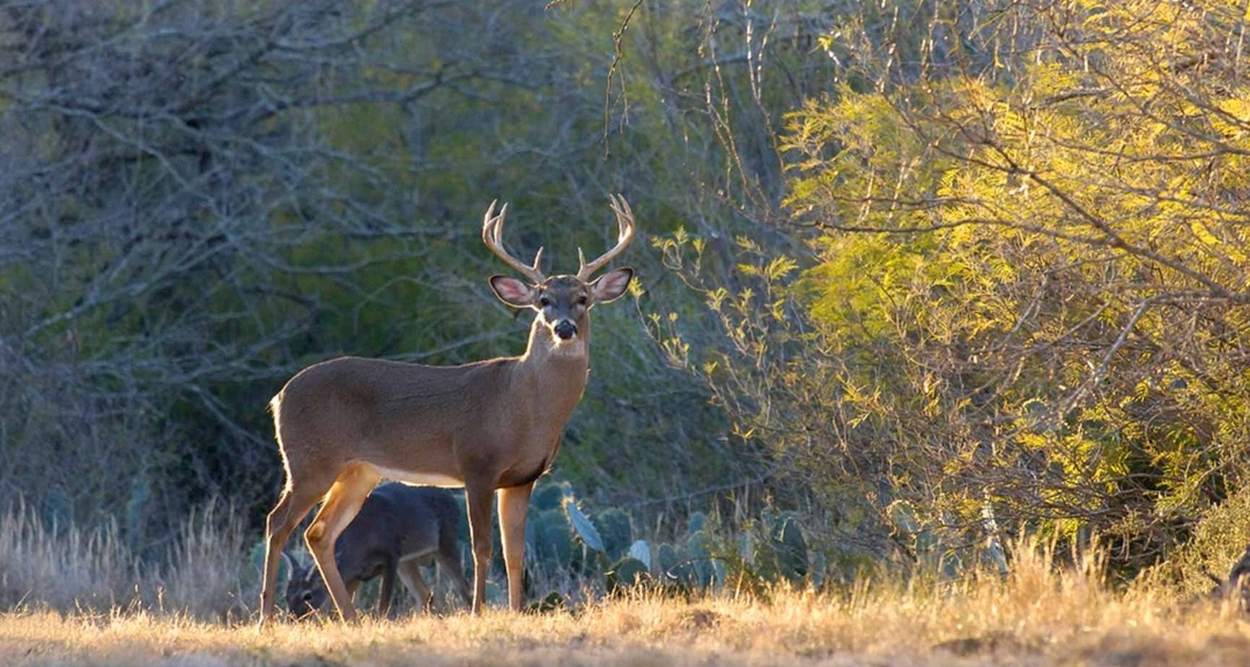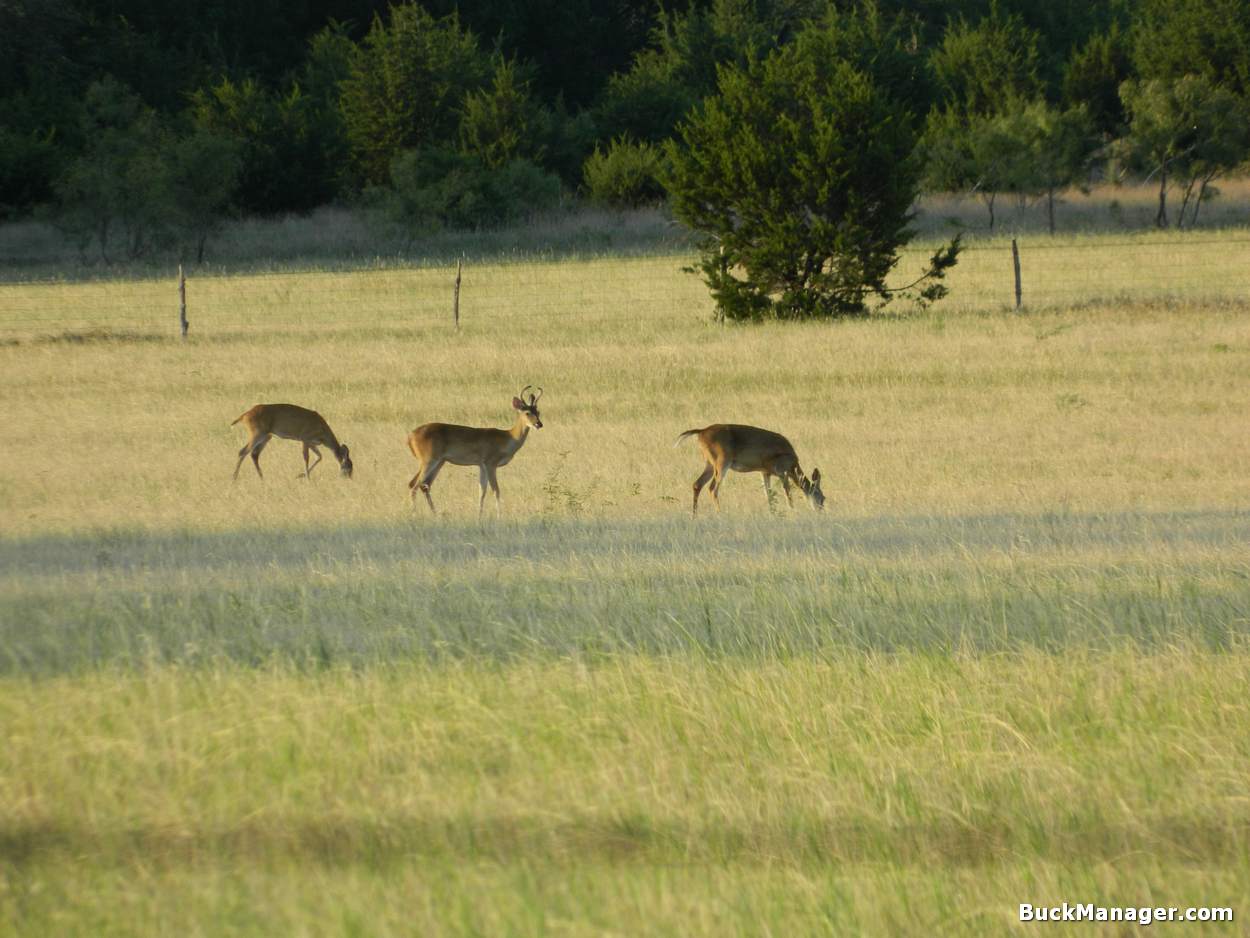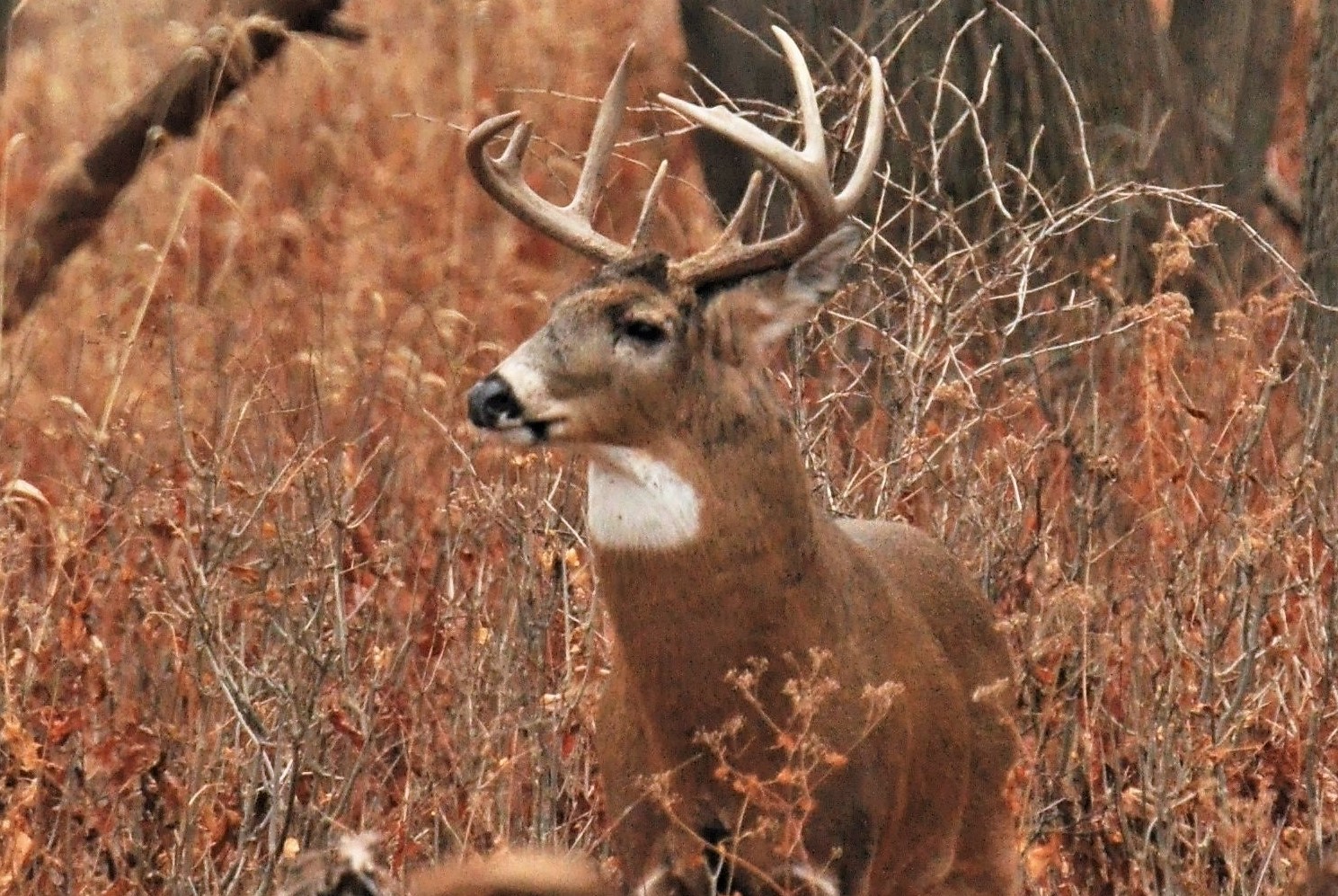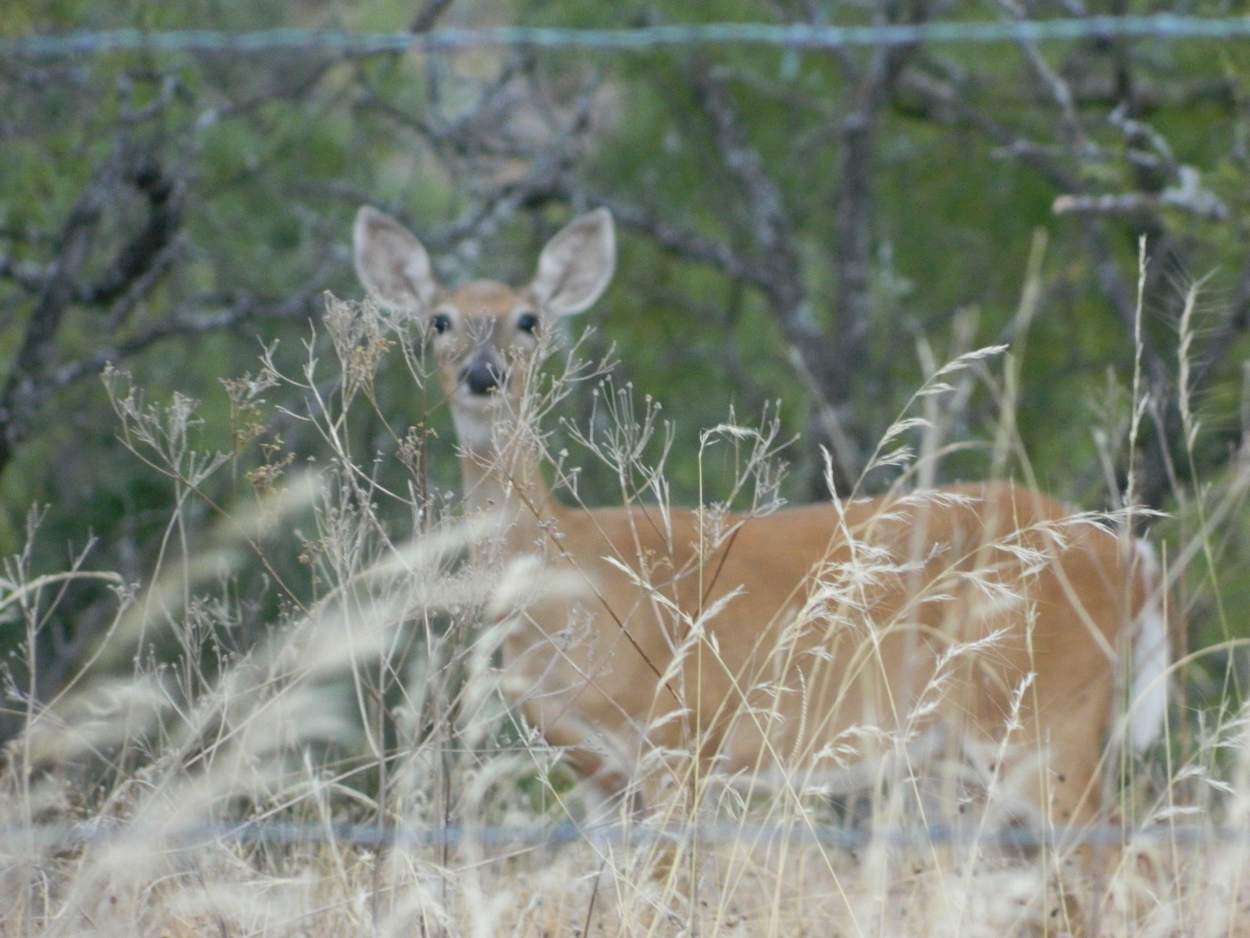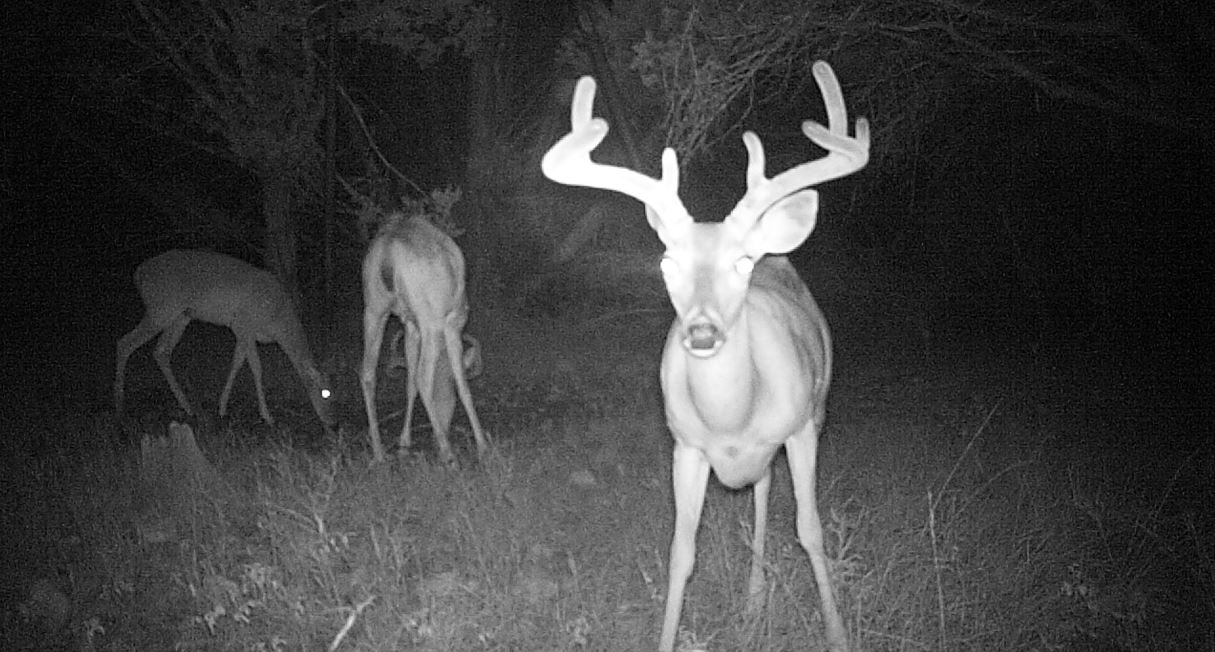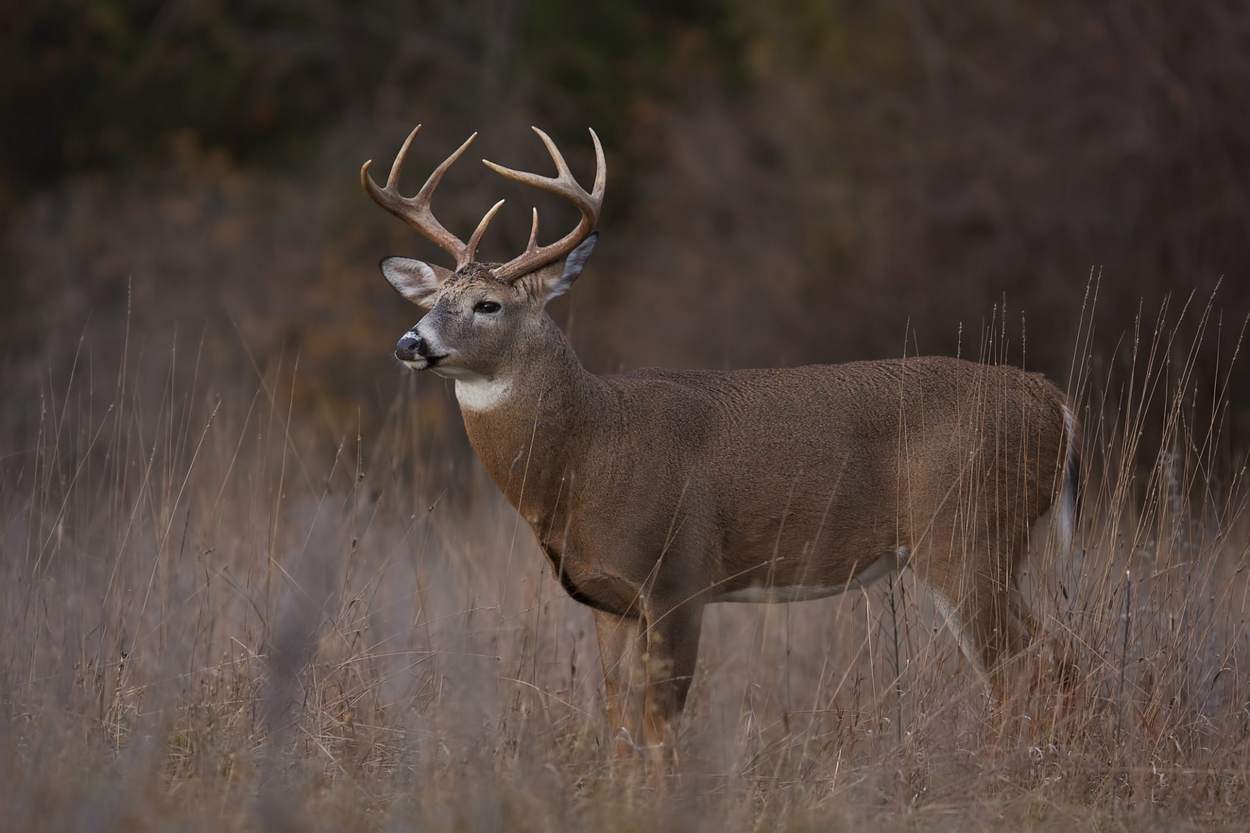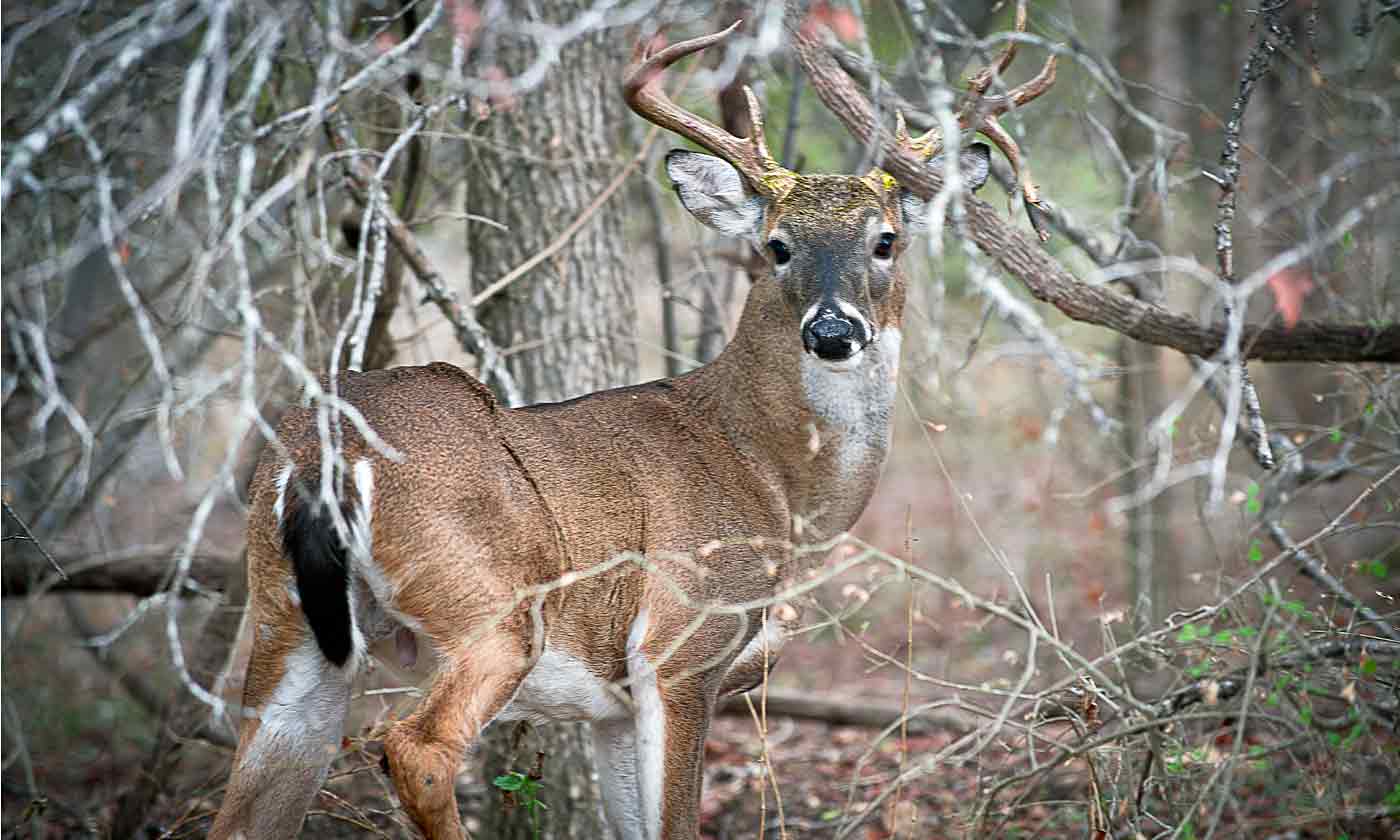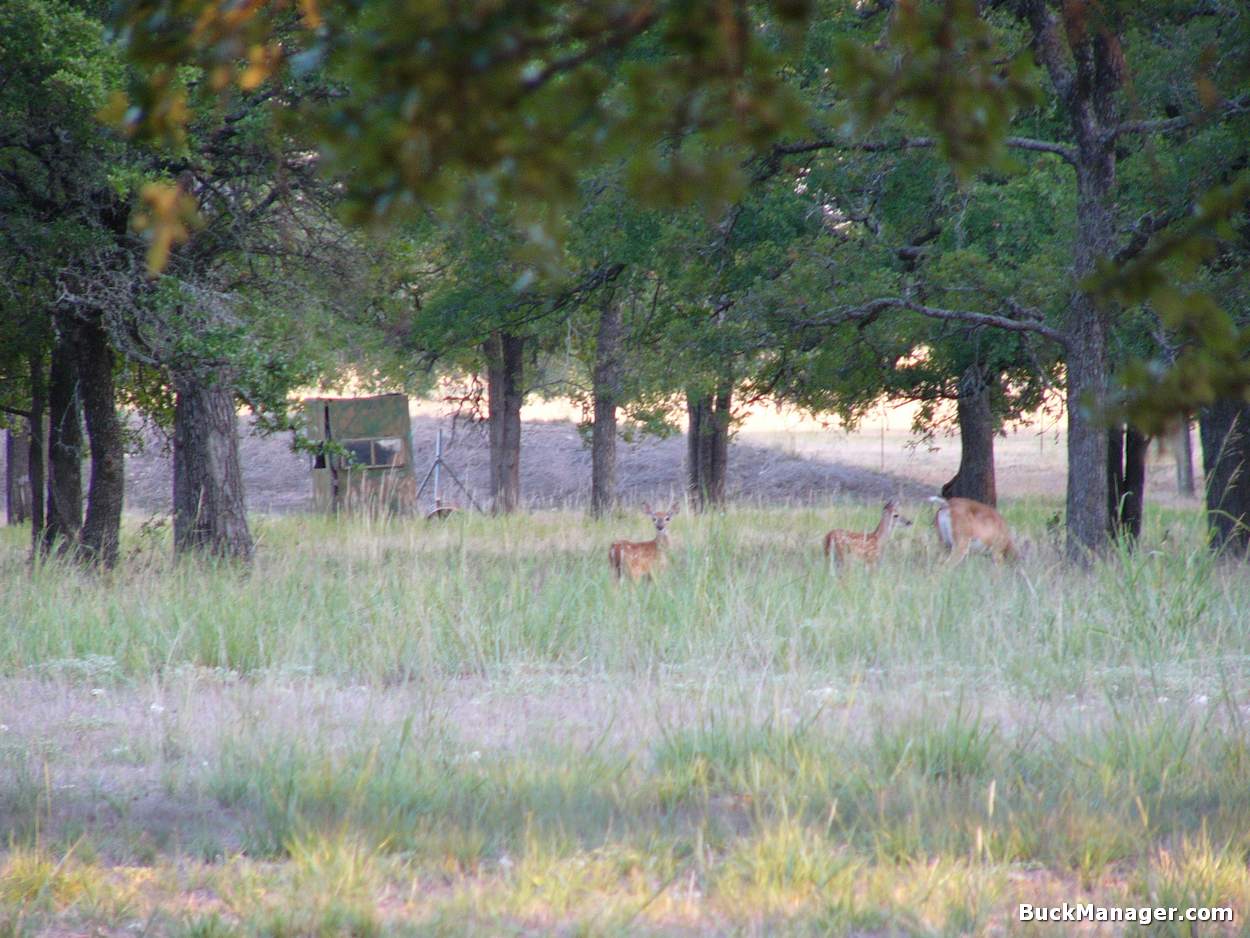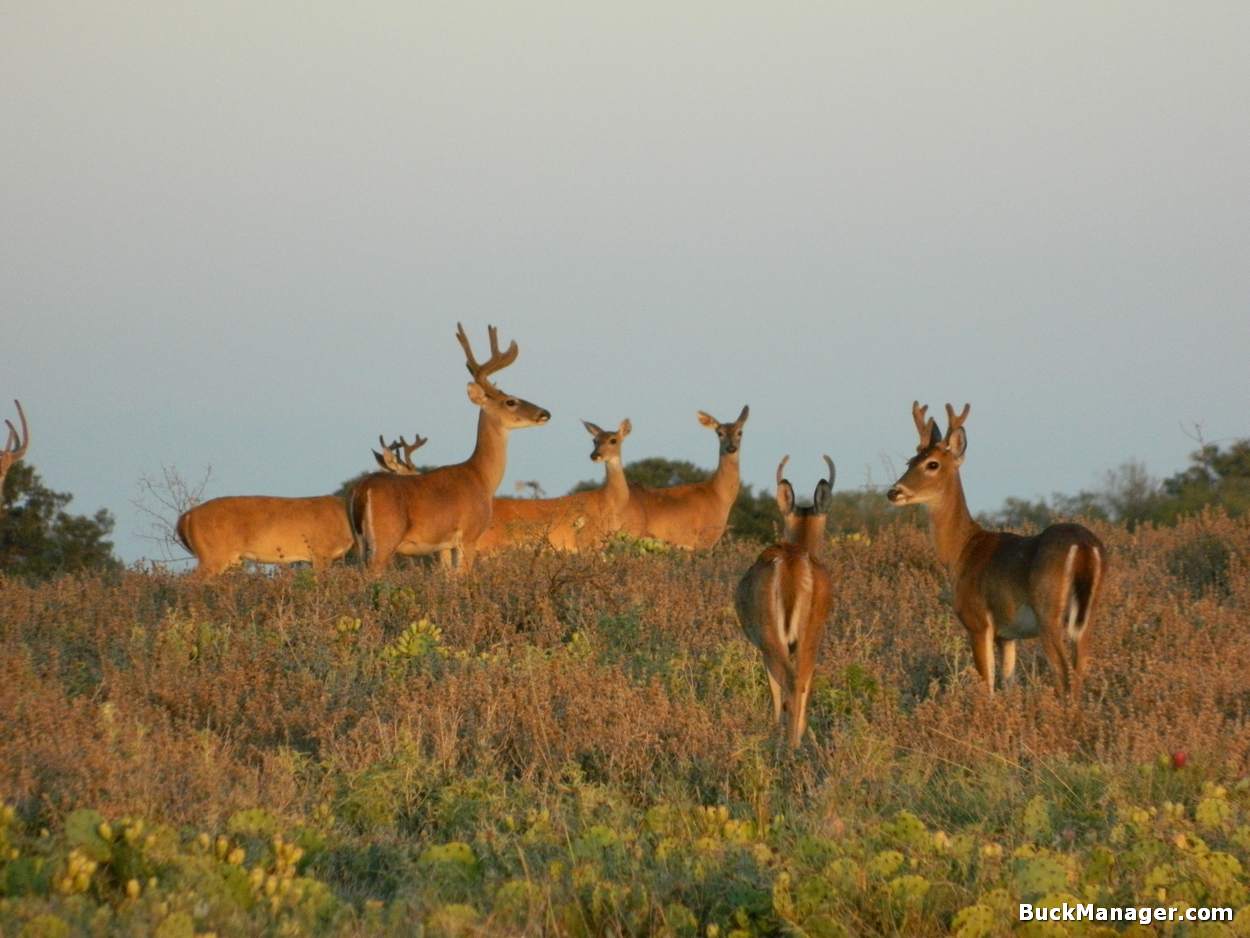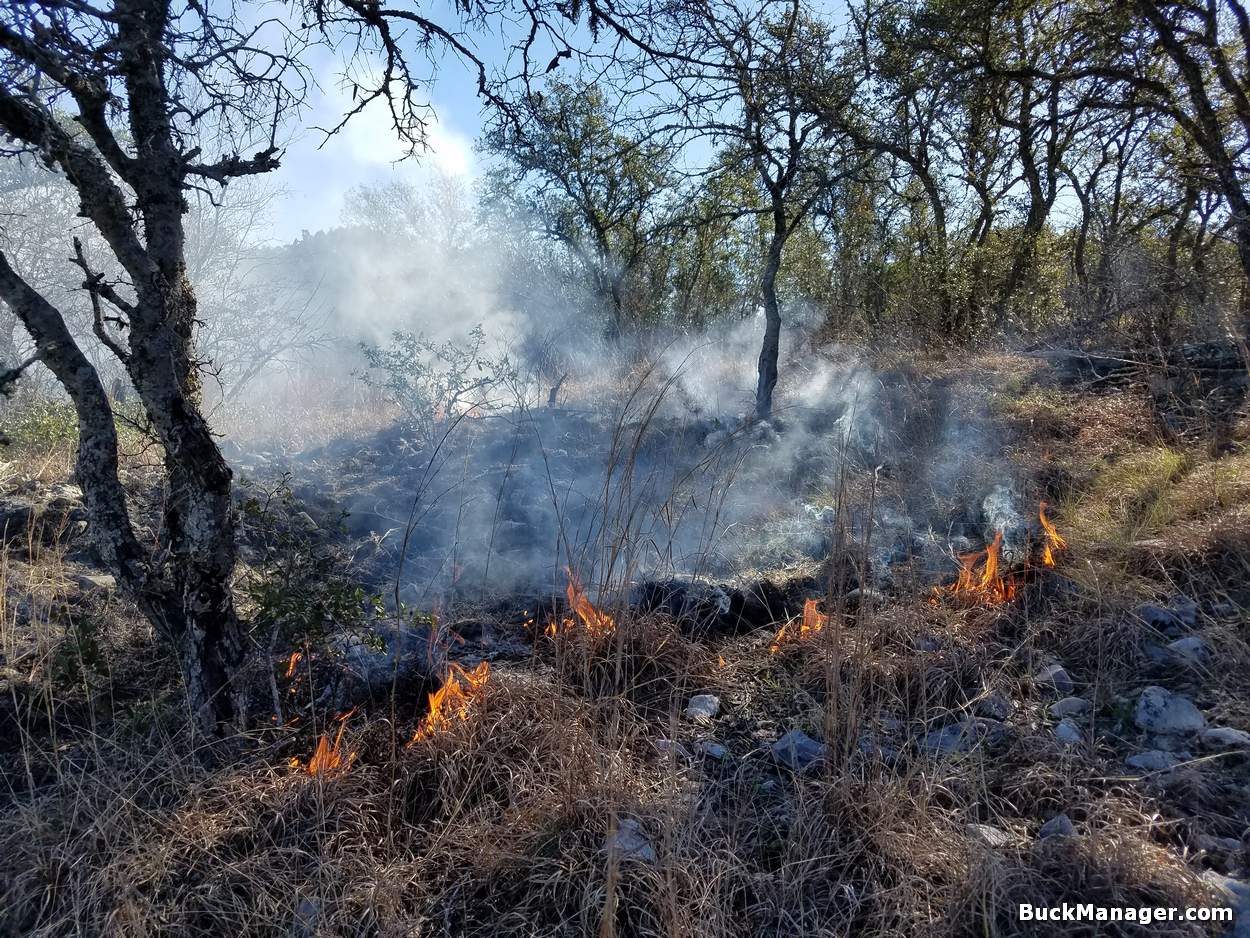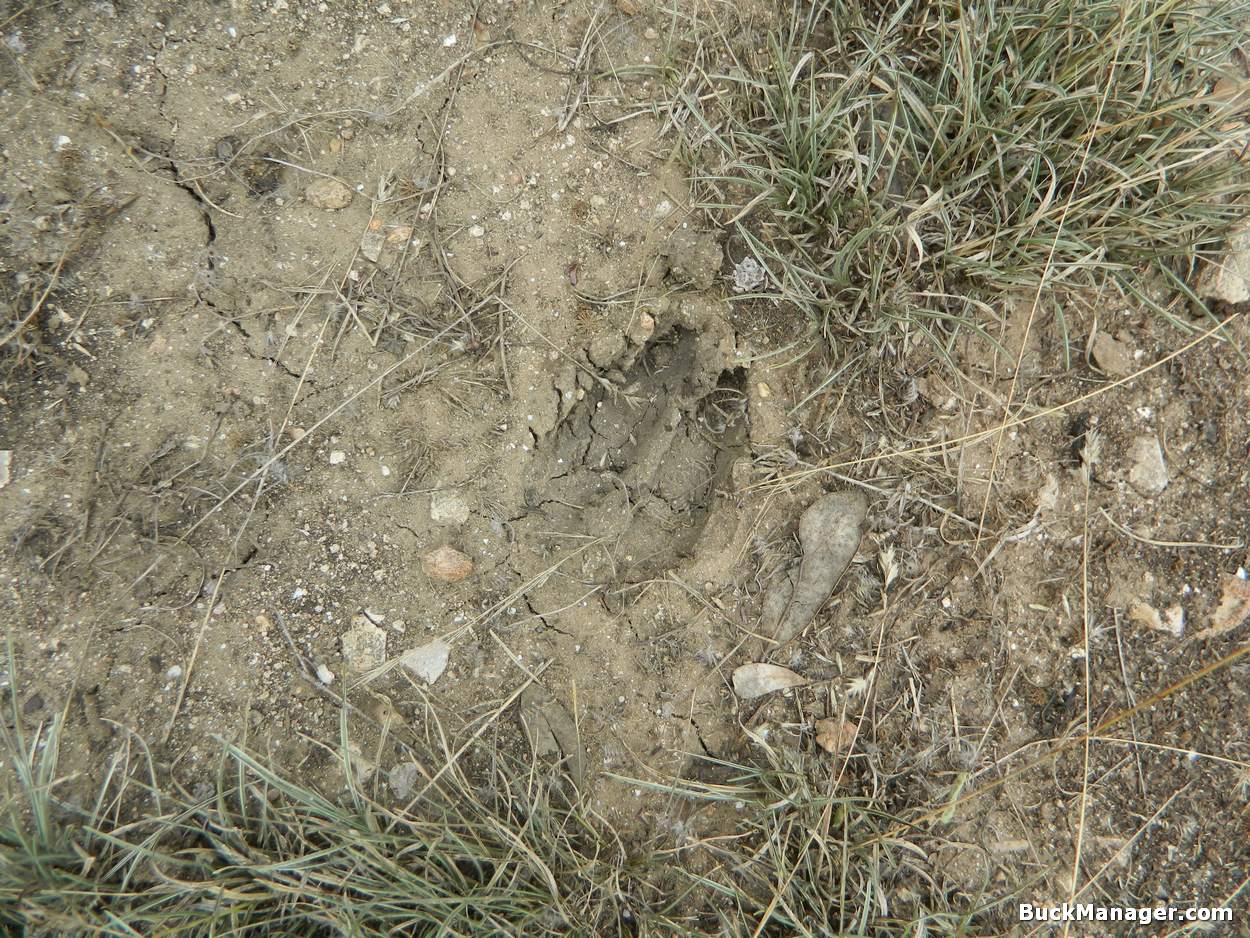Hunting Gets Support
Reading the headline, “Hunting has Big Support Nationwide,” brought a smile to my face this morning. I cut my teeth hunting small game, honed my skills pass shooting doves and finally got the go-ahead to pursue white-tailed deer. My family was instrumental in introducing me to the outdoors, which hunting was a part of. Good times!
We live in a highly polarized world. Technology is great, but nothing allows people to slug one another right in the face easier than a computer, especially when social media allows otherwise “nice” people to dogpile onto individuals for a “cause.” That cause could be a number of things, but hunters get their share of cyber-bullying.
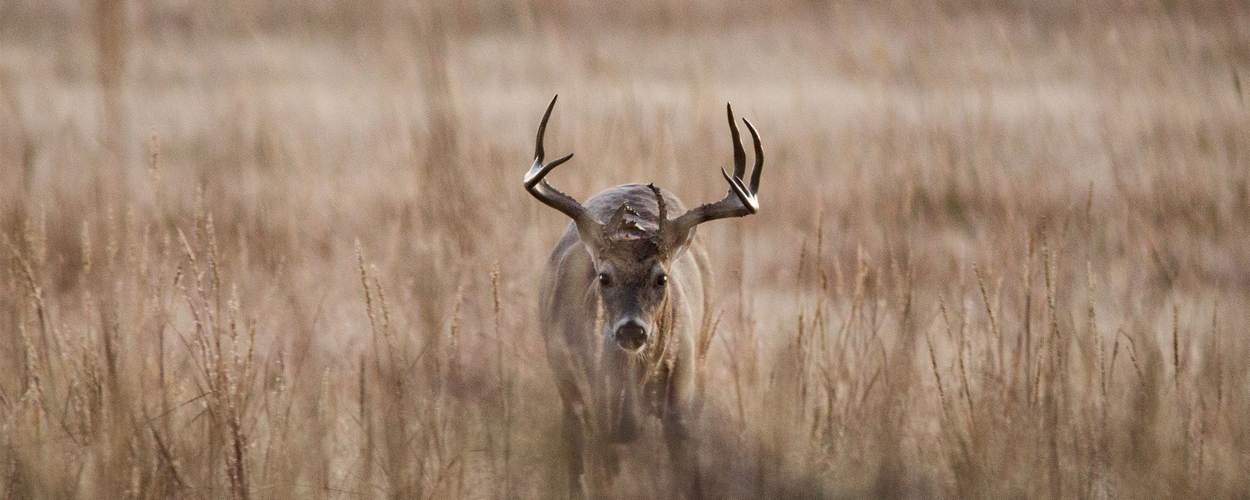
I would venture to guess that most hunters were introduced to hunting at an early age. It’s easy for them to “get” what hunting is about. However, the majority of the people living in the US have not and will never be introduced to hunting. That’s okay. I have nothing against them, so it made me smile when I realized that most of them do not have anything against what we, as hunters, do.
Hunting Approval Rate High
Source: According to a nationwide survey it conducted this year, 77 percent of those polled strongly or moderately approve of hunting. That compares to 73 percent overall approval in 1995.
The support for hunting has been fairly consistent so far this century, previous surveys have found. Its lowest dip came in 2011 with a 74 percent approval. Just as important, disapproval of hunting overall has fallen from 22 percent in 1995 to just 12 percent. That leaves another 11 percent undecided.
The survey was in depth enough not only to find out attitudes toward hunting, but also which species is more acceptably hunted. These numbers are a little surprising because mourning dove come out at the bottom of the heap, below both black bear and mountain lion. Only 40 percent of those polled approved of dove hunting.
Deer hunting had the strongest support with 78 percent, followed by turkeys and small game such as squirrel, waterfowl and elk. All of those were above the 50 percent threshold.
Probably not surprisingly, hunting for meat got high marks, while trophy hunting and hunting within a high fence both scored last in support in categories called motivation and methods. The latter is understandable because they are issues even hunters can’t agree on, and without a deeper understanding of what really happens to create trophy hunts or within a high fence the names alone make it sound sinister.
Under the category of motivation, several reasons for hunting scored high along with collecting meat. Protection of habitat, wildlife management, population control and to protect humans from dangerous animals earned support from more than two-thirds of those polled.
Even hunting for sport had the support of more than half of respondents. While the public supports hunting overall, it has little support for hunting methods. Only hunting with dogs, presumably for upland birds and waterfowl, had an approval rating over 50 percent. Hunting on Sundays, hunting over bait, use of scent attractants and high tech gear were only as popular or slightly more than hunting within a high fence.
